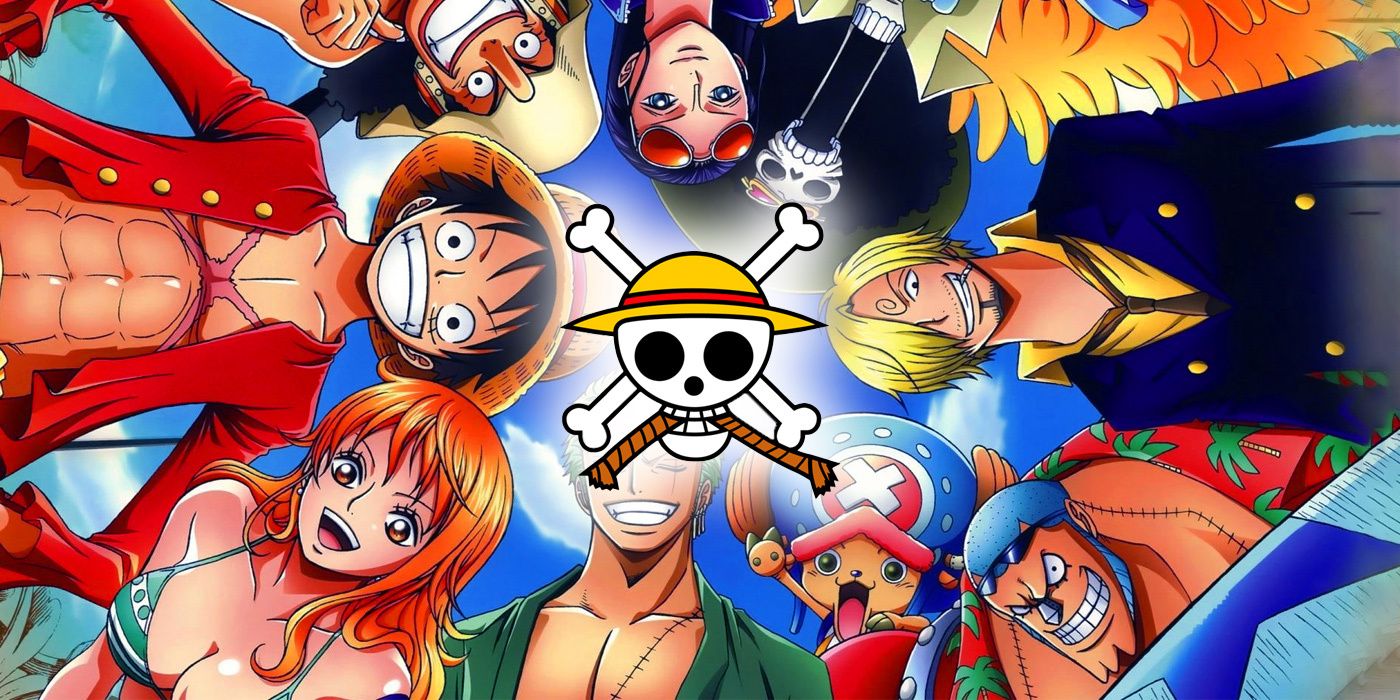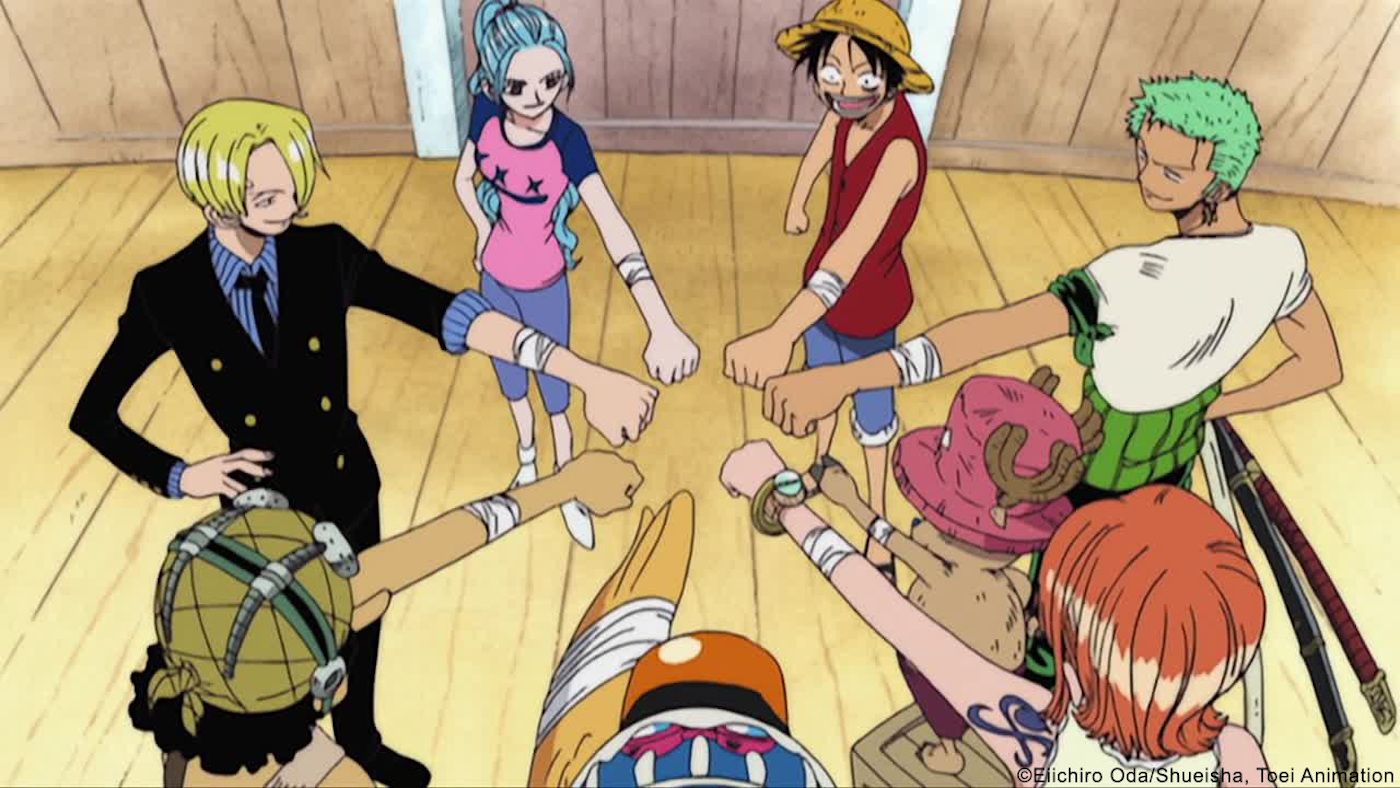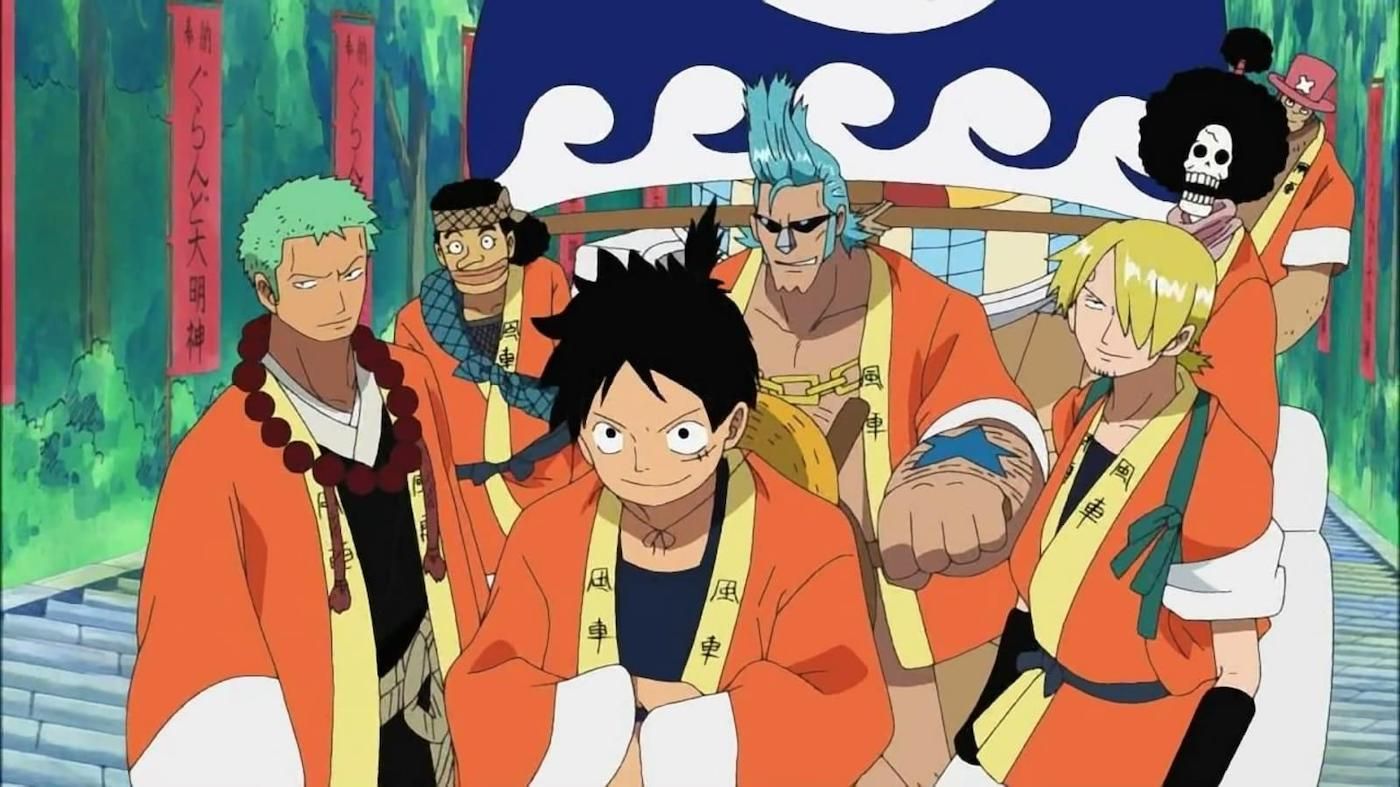One Piece is one of the most popular shounen anime ever made. Even if you're only lightly a part of the anime community, you’ve most likely heard of the long-running show. Long-running is one of the best ways to describe the show, which has nearly a thousand episodes after airing almost every week since its premiere in 1999. With a show this long, with such deep lore behind it, one has to seriously consider if it’s worth investing the time to reach the end. So here’s everything you should know about whether or not you should start watching One Piece.
One Piece is the story of the adventurous Monkey D. Luffy, a young pirate with the dream of finding the legendary treasure, the “One Piece,” and becoming the King of the Pirates. He faces a long journey ahead of him, sailing perilous seas and facing powerful foes in the Navy who are seeking to end the age of pirates and rival pirate crews who also want to rule the high seas. Alongside his trusty crew, Luffy sets out to follow his dreams and create his own legend. When considering whether or not one should watch One Piece, the length is likely to be among the first things that come to mind. One can easily spend a year or more catching up on the epic saga that began in 1999, which is no small amount of time to spend watching a single show. It’s easy to balk at the commitment it would require, and to be perfectly honest, one of One Piece’s greatest weaknesses does lie in its length. This is partly due to issues all long-running shounen anime run into during production, including pacing problems and filler episodes.
One Piece is adapted from a weekly manga by Eiichiro Oda. Other popular shounen anime such as Naruto and Dragon Ball Z were similarly adapted from weekly manga and they had similar issues to One Piece with how much filler would get added to the story. This is primarily due to production concerns. It takes about three chapters of manga to produce a single episode, so anime productions pace themselves to ensure they don’t overtake the manga and run out of material to adapt and occasionally create low-impact, low-budget filler episodes to keep the show airing.
Compared to other shows, One Piece has relatively few filler episodes, but it also suffers from some severe pacing issues that balance this. While part of One Piece’s length comes from balancing so many characters, there are also quiet moments that are stretched longer than they need to be to save on animation costs. Even in climatic episodes towards the end of an arc, you can find moments where characters scowl at each other for as long as a full minute before throwing a punch, or episodes may have summaries of the previous episode that run for 10 minutes in a 22-minute episode. However, the length of One Piece also works into one of its greater strengths. The story takes place on the high seas, with Luffy and his crew sailing between various islands with unique climates and citizens. It capitalizes on the long-running nature of the show to really delve into these islands and the unique cultures that they’ve developed. Despite taking place across such varied locations, the islands feel like they’re given ample time to be explored and understood, and have a genuine impact on the characters.
Another of One Piece’s greatest strengths is the characters. It’s really an ensemble show - while Luffy is the protagonist, his crew, known as the Straw Hat Pirates, are every bit as important to the journey as he is. The crew takes its time growing and developing, but they’re as much fun to watch as any ensemble cast could be. Among their varied personalities, strengths, and ambitions, any viewer is sure to find one or more they deeply empathize with and root for. Furthermore, none of the main cast feels wasted. As the story stretches on, they have important roles, even if some of them occasionally leave the later arcs. The crew makes the story incredibly endearing. These aren’t just interesting people. Watching the show is fun because these characters have fun, whether they’re battling an impossible weather phenomenon, exploring a new island, or facing a dangerous foe in battle.
There are still a few weaknesses yet to be discussed, however. A large one lies in the humor. One Piece is filled with jokes in nearly every scene, but there’s a chance that a lot of it will miss with a Western audience. Firstly, One Piece is a shounen anime targeted at younger boys so some of the humor is simply not appealing to an older audience. A lot of Oda’s humor also relies heavily on puns in Japanese, with words that sound similar in his native language but fall flat when translated to English.
Another weakness falls squarely on the shoulders of the crew, especially given their large number. This might come off as a strange statement, but One Piece feels like a show with very few standout episodes. There are certainly amazing, memorable moments and exciting battles. But between the production complications previously discussed and the need to give each member of a steadily growing cast their own storylines in a series composed of 22-minute episodes, some episodes will only be able to glance at brief moments across five fights that feel exciting when they end but dull in the moment. Watching One Piece is a very flat experience until you reach the end of the arcs. But the characters also carry one of the most important reasons you should watch the story.
Bringing it back to the show’s strengths, a major strong point of One Piece is its themes and how everyone, from all areas of the world, can resonate with them. One of the clearest themes of One Piece is that of chasing dreams, as Luffy’s primary goal embodies. But Luffy’s crew all have ambitions of their own, be it becoming the world’s greatest swordsman, creating the first complete world atlas, or simply becoming a brave warrior of the sea. Through their passions, struggles, and growth, the story can speak to any person who wants to be something when they grow up and refuse to stop striving for that peak, regardless of the challenges standing in their way. These themes are a major reason to watch the show, alongside Oda’s mysteries.
With a story so long, it’s easy to lose focus on the end goal. What helps keep One Piece focused are the mysteries Oda has woven into the narrative. The true nature of the titular One Piece and even the location of the island it’s on, Laugh Tale, are both completely speculative. Other mysteries include the Void Century, a period in history with no records, and the Will of D., a mysterious destiny for people with the initial “D,” including Luffy and some of his greatest foes. Very little is known about these mysteries, but they’re sprinkled throughout the narrative like breadcrumbs, popping up often enough to remind viewers that One Piece does have an endgame, that it is building to a climax, no matter how long it will take us to get there.
There aren’t many anime like One Piece. Unlike some of its peers such as Dragon Ball Z, it hasn’t seen its narrative split into multiple series. Once considered a part of Weekly Shonen Jump’s “Big Three” titles alongside Naruto and Bleach, One Piece is the only one of these shows and manga that are still running weekly. It’s a huge endeavor to begin watching it, and you may find that the show isn’t to your taste. But it’s worth the attempt because if you do find yourself drawn to the story of the Straw Hat Pirates as they sail the high seas, if you do find yourself in their journey, you’ll become part of an experience unlike anything else you’ve seen before.



